
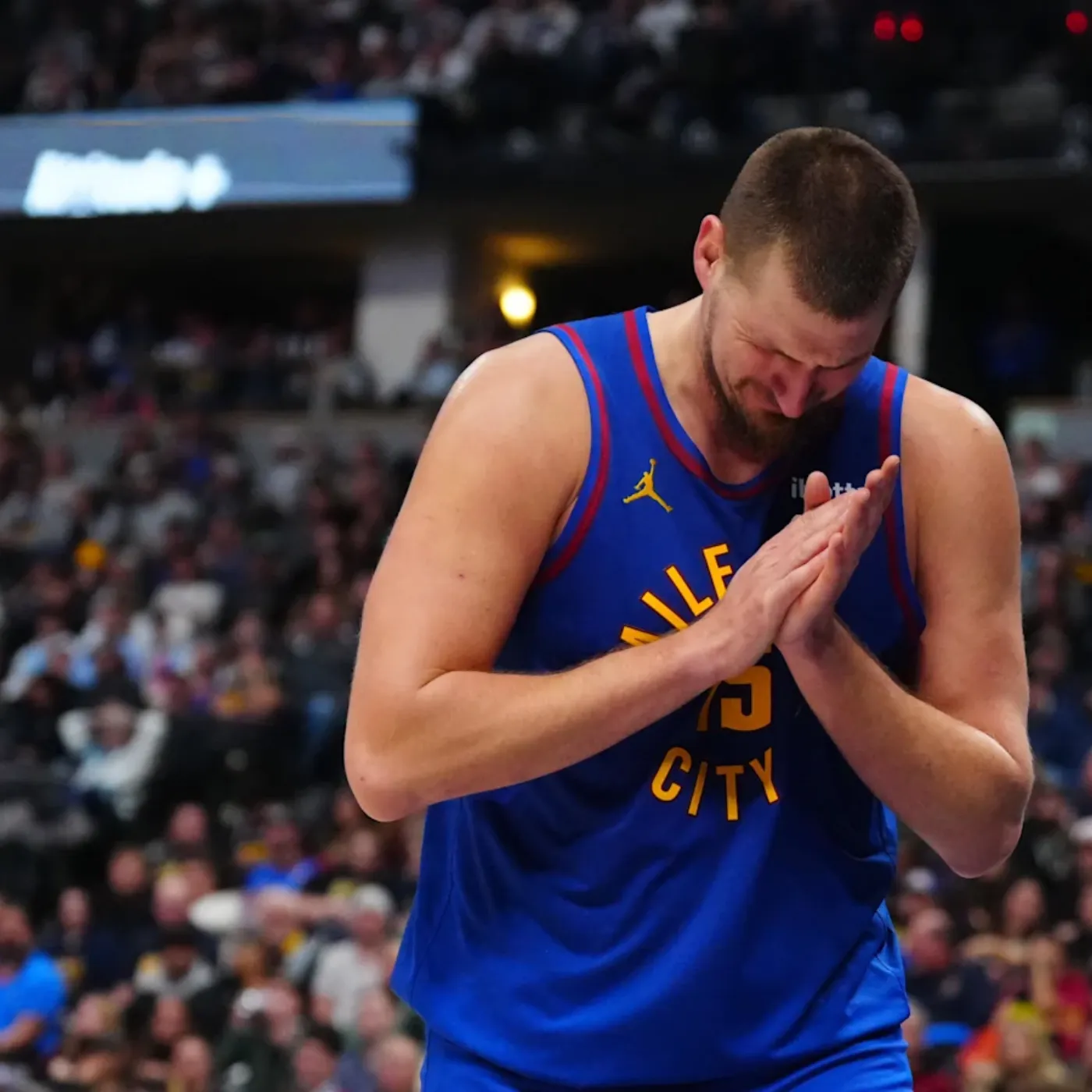
Nikola Jokic’s Wrist Injury Returns And It Might Quietly Threaten Denver’s Championship Window
As the Denver Nuggets open the 2025–26 NBA season, superstar center Nikola Jokic is once again dealing with a familiar wrist injury that has lingered for nearly six years. While Jokic insists he can manage the discomfort, the sight of his wrist wrapped in ice at training camp raised concerns among fans and analysts. This article explores how Jokic’s recurring injury could impact Denver’s championship aspirations, the strategies the Nuggets might use to protect him, and what adjustments the roster must make to remain competitive in a stacked Western Conference. Will the Nuggets find the balance between keeping Jokic healthy and maintaining their dominance on the court, or could this lingering wrist issue shape the outcome of their season?
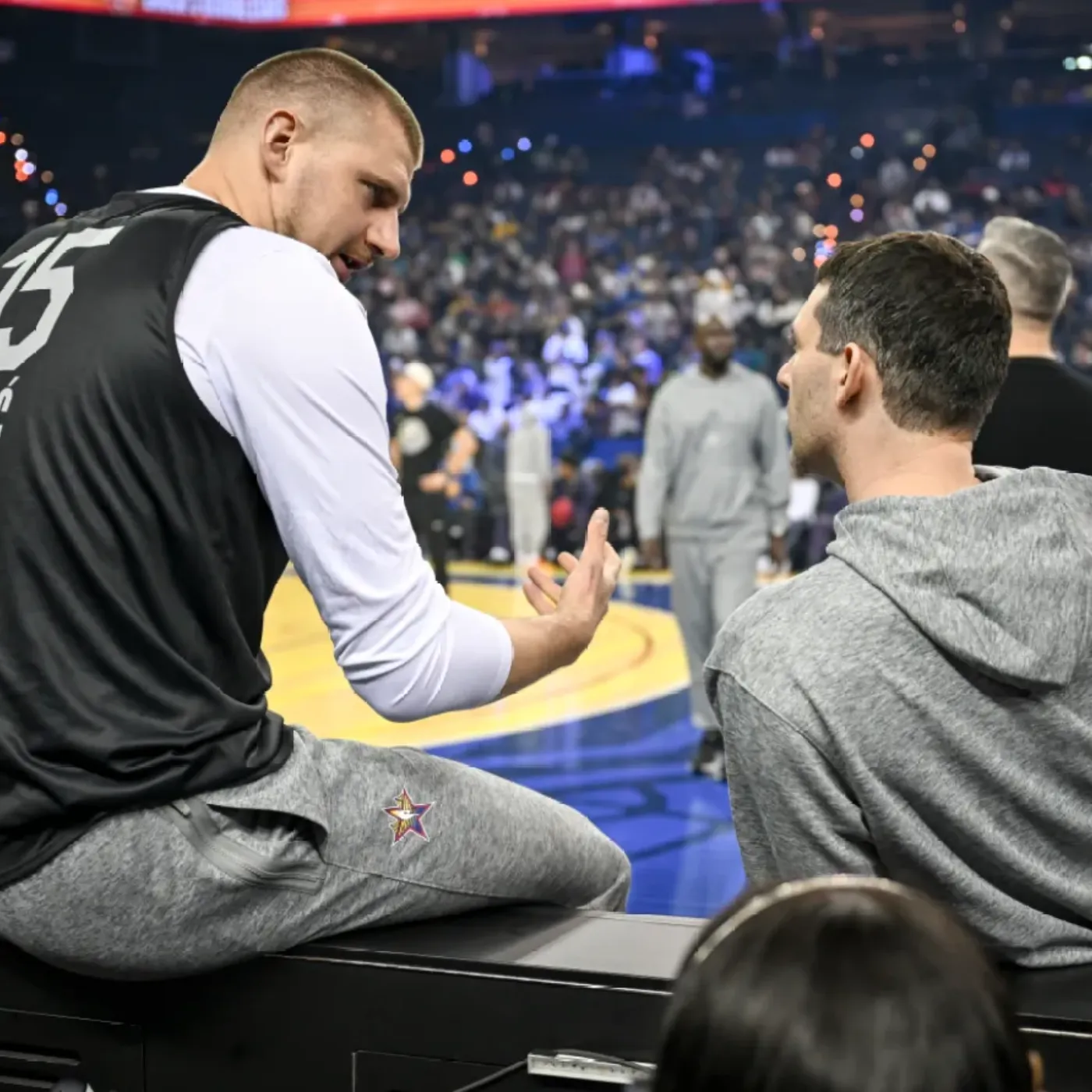
Why Nikola Jokic’s Wrist Injury Continues to Be a Major Talking Point
The opening of the Denver Nuggets’ training camp should have been a celebration of fresh opportunities, but attention quickly shifted to Nikola Jokic’s wrist. Arriving with his right wrist wrapped and iced, Jokic reminded everyone of an issue that has plagued him for years.
This is not a new problem. Jokic has publicly admitted that wrist discomfort is something he has managed for nearly six years. Each time he shoots, he feels a dull ache in his dominant hand. While the three-time MVP downplayed the injury, saying it “comes and goes,” the long-term implications cannot be ignored.
For Denver, the question is no longer whether Jokic can play through the pain—he has proven he can—but how much it will affect his efficiency and availability in a grueling 82-game season followed by the playoffs.
How Denver Has Struggled Without Jokic in the Past
The Nuggets’ dependence on Jokic is undeniable. When he has missed time due to injuries, the team has historically faltered. In recent seasons, Denver went 2–3 during a short stretch without him, struggling to find consistency with a small-ball lineup.
Jokic’s unique skill set—scoring, rebounding, and his playmaking ability as a point-center—makes him irreplaceable. Without him, the Nuggets lose their offensive hub, as nearly every possession runs through his hands. The ripple effects are massive: role players like Michael Porter Jr., Jamal Murray, and even the bench unit thrive because of Jokic’s passing.
This means that even a nagging wrist issue, if it impacts his shooting mechanics or forces him to sit, could drastically shift Denver’s trajectory.
Roster Moves Designed to Protect Jokic
Acknowledging the risks, the Denver Nuggets front office made strategic offseason moves to strengthen depth behind Jokic. The acquisition of Jonas Valanciunas provides a true backup center who can hold his own in rebounding battles and defend the paint. Unlike past years when Denver had to patch together minutes with undersized forwards, Valanciunas gives the team a legitimate insurance policy.
In addition, the Nuggets added shooters and versatile wings such as Cam Johnson, Tim Hardaway Jr., and a returning Bruce Brown. These players are expected to spread the floor, giving Denver the ability to run more balanced lineups even when Jokic rests.
This roster depth is designed with one priority: ensuring that the Nuggets can survive stretches without Jokic dominating the floor, something they could not manage in earlier seasons.
The Challenge of Managing Jokic’s Workload
Even with a stronger supporting cast, the Nuggets face a difficult balancing act. Nikola Jokic is known for his competitive spirit and resistance to rest. He has often pushed back against coaches when asked to sit, preferring to play through pain.
This mentality makes him a fan favorite but creates a dilemma for Denver’s coaching staff. Playing Jokic heavy minutes, especially early in the season, risks aggravating the wrist. Overprotecting him, however, could cost the Nuggets critical wins in a tight Western Conference playoff race.
The solution may lie in carefully monitoring his workload: limiting his minutes in back-to-backs, staggering his time with the second unit, and leaning on Valanciunas and the bench during less competitive matchups. Denver’s medical team will play as crucial a role as the coaching staff in ensuring Jokic is at his best when it matters most.
What This Means for Denver’s Championship Window
The Nuggets are firmly in a championship window, with Nikola Jokic in his prime and a strong supporting cast. But in the hyper-competitive Western Conference, even minor injuries can be the difference between a top seed and a first-round exit.
If Jokic remains healthy and manages his wrist effectively, Denver has the tools to contend with powerhouses like the Oklahoma City Thunder, Minnesota Timberwolves, and Los Angeles Clippers. However, if the wrist flares up late in the season or during the playoffs, Denver’s chances could diminish quickly.
The Nuggets cannot afford to have their star at anything less than 90 percent in postseason play. Jokic’s unique impact—his ability to dominate as both a scorer and facilitator—makes him the linchpin of every Denver strategy.
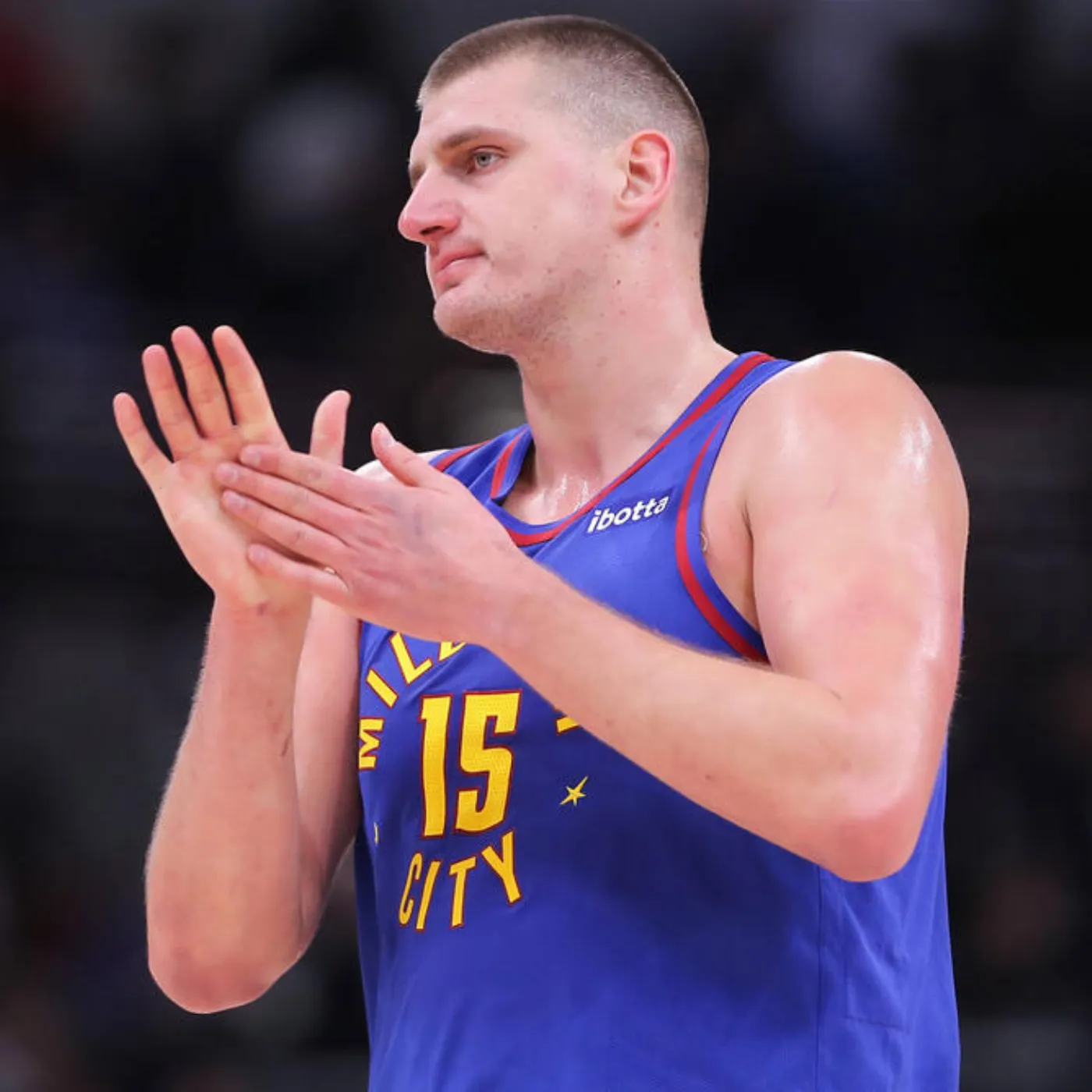
Why Jokic’s Shooting Efficiency Will Be the Key Indicator
The most obvious area where a wrist injury manifests is shooting. Jokic is renowned for his soft touch, particularly with his signature one-legged fadeaway and midrange jumpers. Any change in his wrist mobility or comfort could impact his field goal percentages.
During training camp, reporters noted that Jokic did not appear limited in practice, but the test will come in game situations. If his efficiency from the field or free-throw line drops, it may signal that the wrist is more than just a minor inconvenience.
Fans and analysts alike will be monitoring his shooting splits in the early months of the season as the clearest indicator of how well he is managing the injury.
The Psychological Factor: Jokic’s Calm Versus Denver’s Concern
What makes Jokic unique is his demeanor. While fans and media raise alarms about the wrist, he remains calm, almost dismissive of the concern. This composure is part of what makes him an elite leader—he doesn’t let outside noise affect his approach.
However, for the Denver Nuggets coaching staff and front office, the concern is real. A player’s confidence does not change the biological reality of an injury. They must plan as though Jokic could miss time, even if he insists he will not.
This duality—Jokic’s calm versus the organization’s caution—may define much of Denver’s season.
What to Expect in the Early Season
As the 2025–26 NBA season unfolds, several factors will reveal how well Denver is managing Jokic’s health:
His minutes per game in back-to-back sets.
Changes in his shooting efficiency, particularly from midrange and three-point range.
The effectiveness of Jonas Valanciunas and the second unit when Jokic rests.
Whether Denver can maintain momentum against top-tier opponents without over-relying on Jokic.
If the Nuggets can find the right formula, they will be positioned as one of the most balanced contenders in the West. If not, Jokic’s wrist could become the storyline that defines their season.
Denver’s Title Hopes Rest on Health and Depth
The Denver Nuggets have the roster talent, championship experience, and star power to make another deep playoff run. But the season begins with a reminder that their fortunes remain tied to one man’s health: Nikola Jokic. His wrist injury may be something he has learned to live with, but for the Nuggets, it is a variable that cannot be ignored. The success of their campaign will depend on how well they can balance Jokic’s competitive fire with the long-term demands of an NBA season.
If Jokic stays healthy and Denver’s depth rises to the challenge, the Nuggets could once again find themselves chasing the Larry O’Brien Trophy. If not, a familiar wrist injury might prove to be the single obstacle standing in the way of another championship.



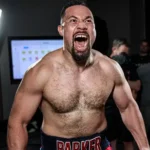
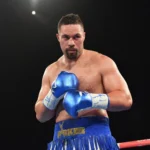

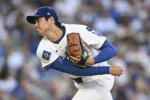

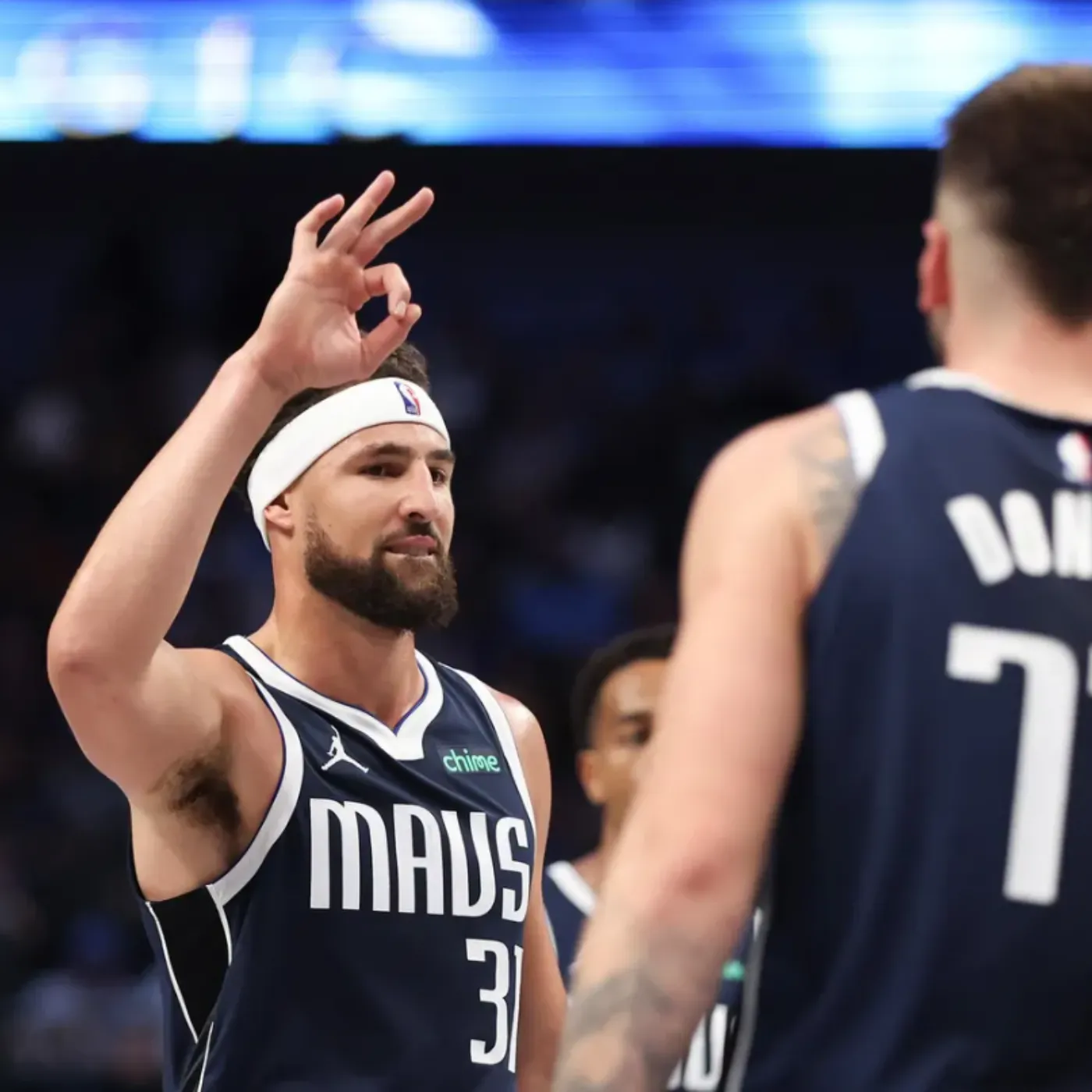
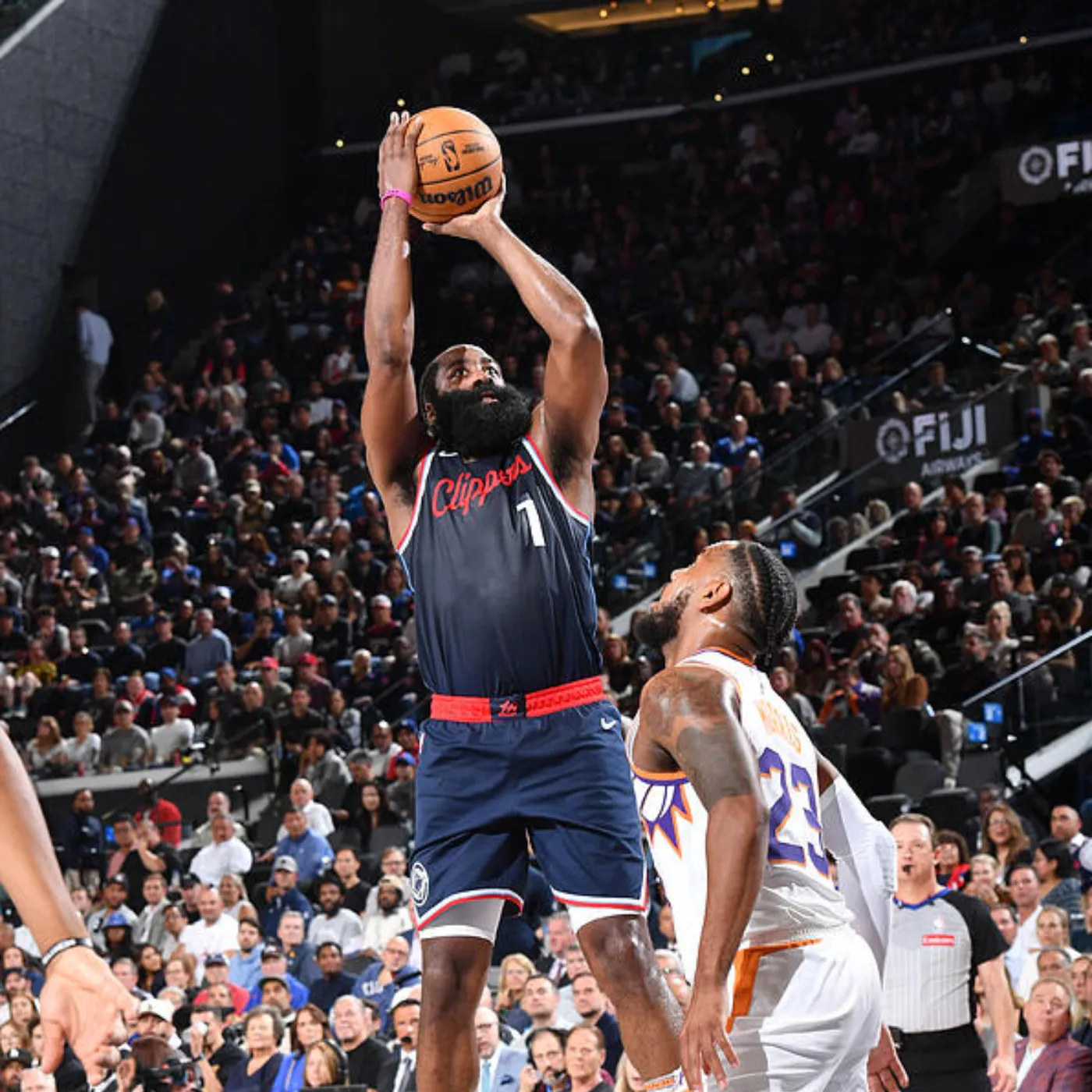
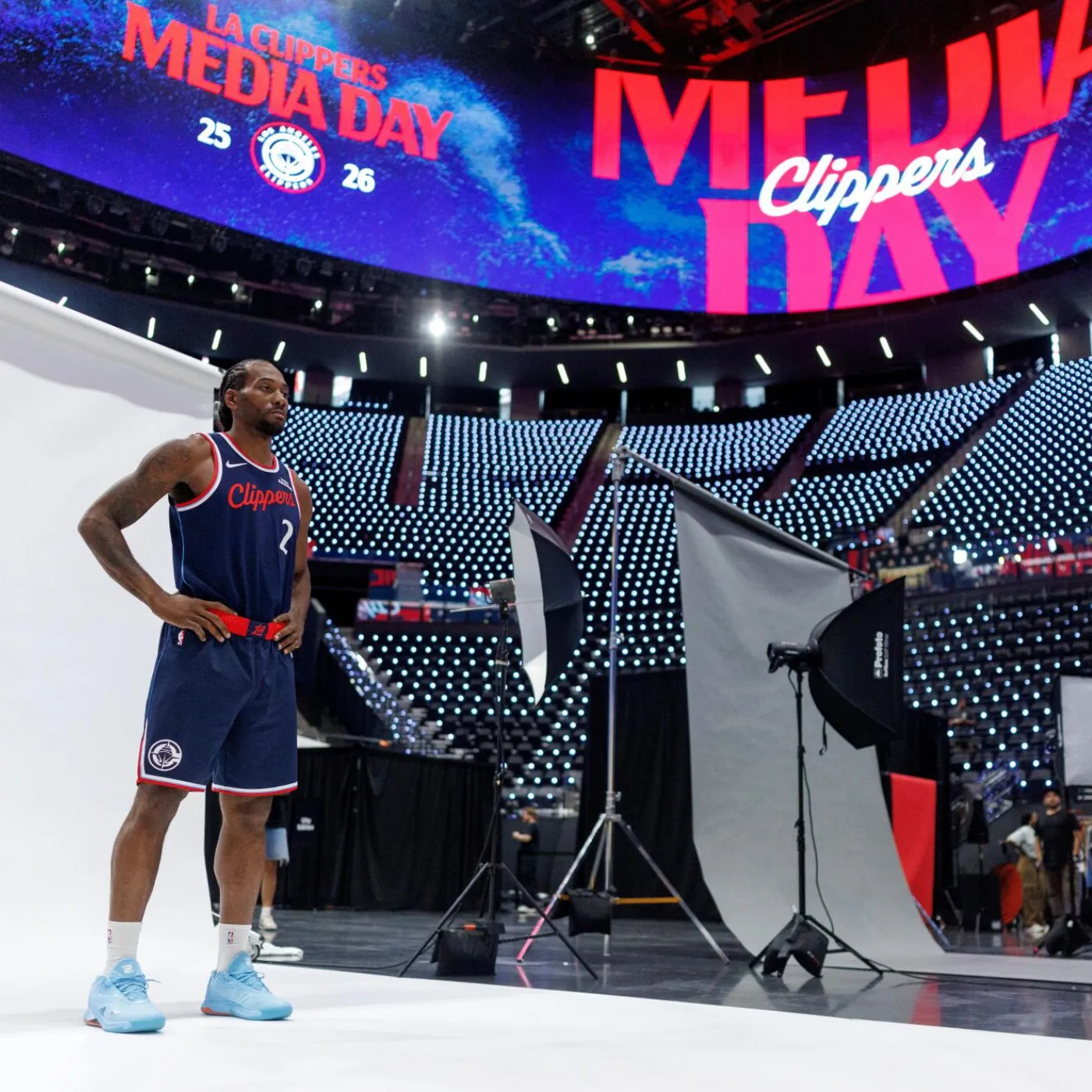
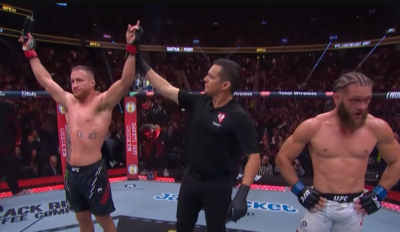
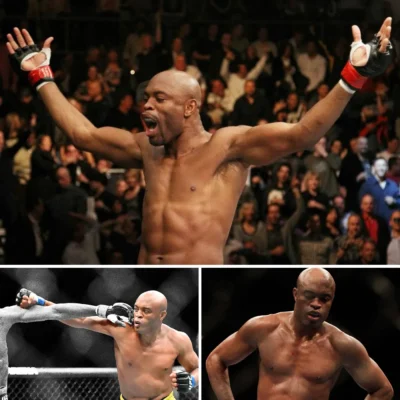

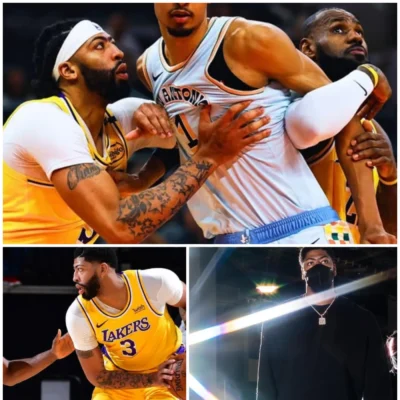

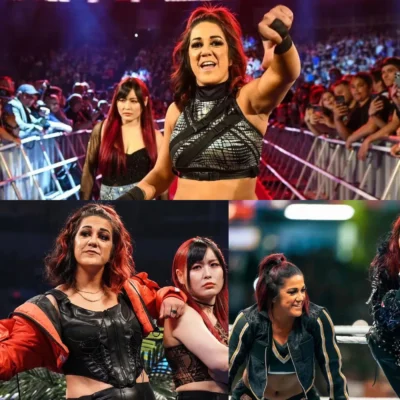

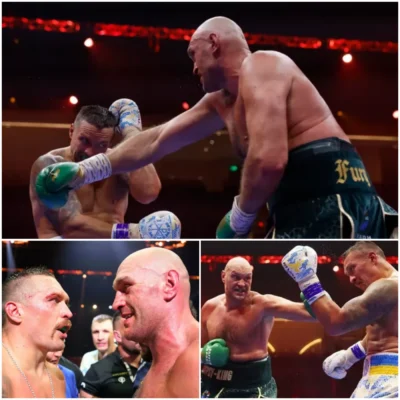
Post Comment